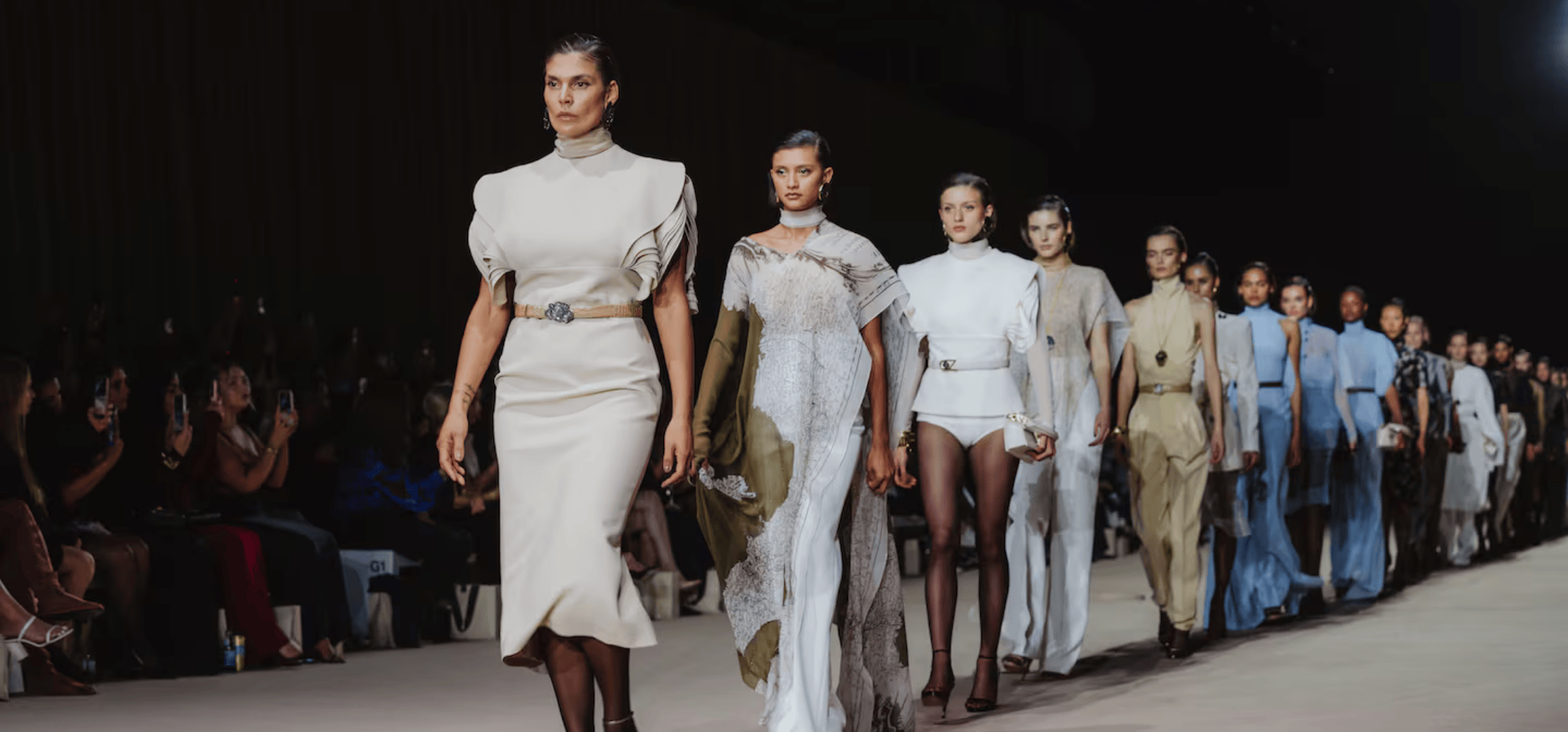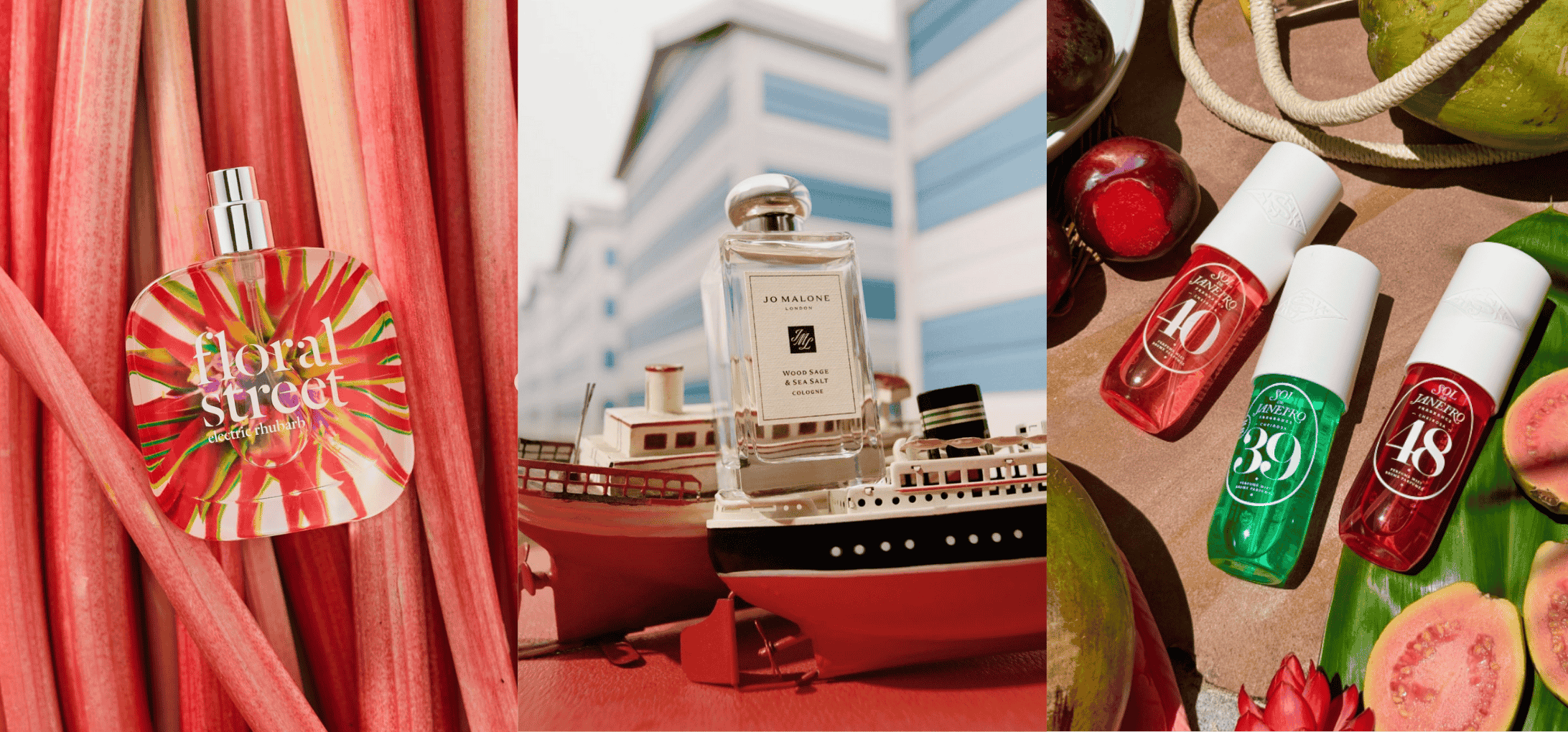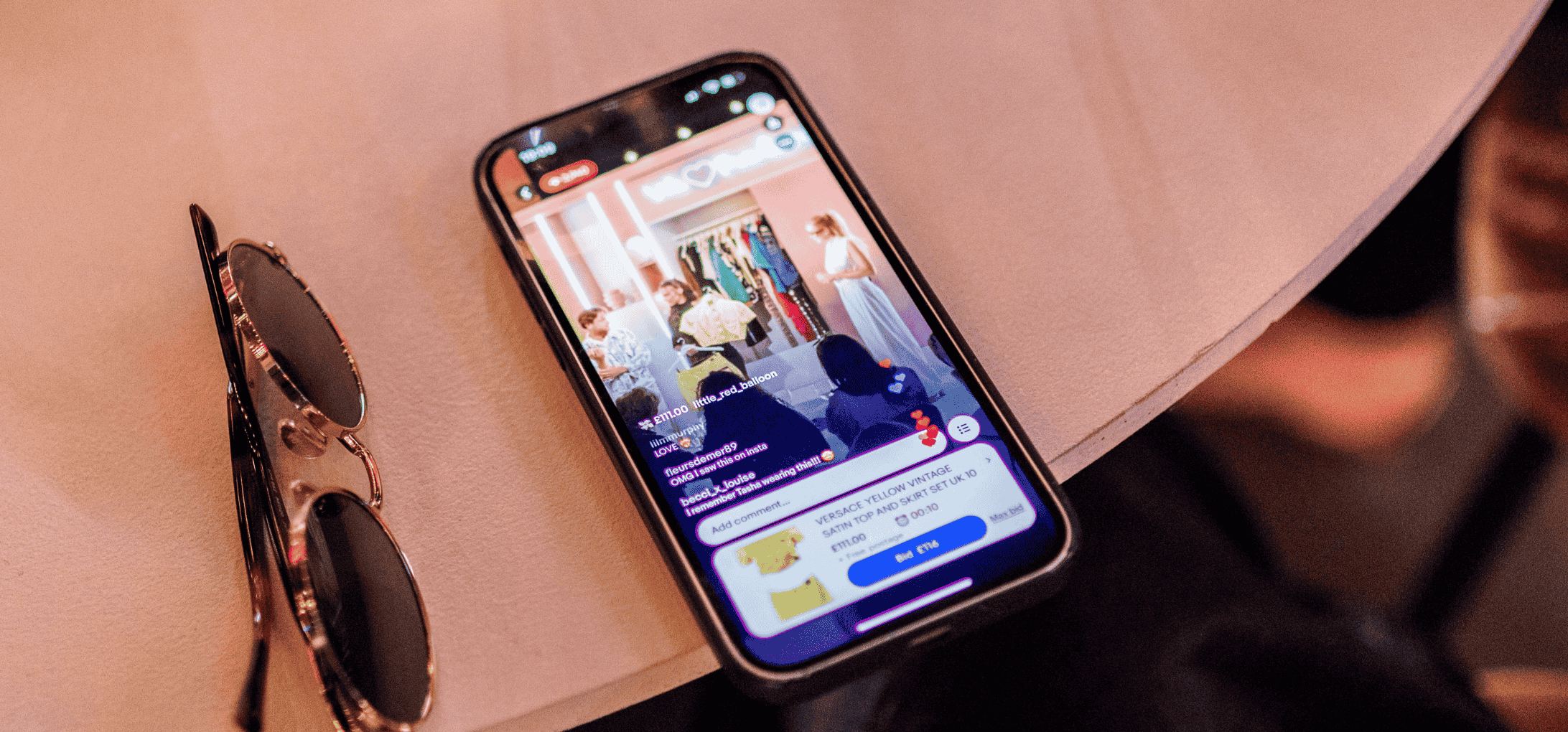The Surge of Substack: Here’s What it Means for Brands

In 2025, content consumption is coming full circle. Move aside doom-scrolling; audiences are now demanding thoughtful, long-form content. Cue the rise of Substack.
With over 3.5 million active subscribers, Substack is gaining popularity with people flocking to the newsletter platform to build deeper connections and build community.
Unlike their algorithmic cousins that dictate content visibility, Substack delivers content directly to readers’ inboxes. It’s not just a blog revival. It’s a modern media reset where writers, creatives, founders, brands, even former bloggers are showing up, representing a return to thoughtful content creation, away from the algorithm-led chaos of traditional social media.
The appeal? Direct access to subscribers without the noise. Readers choose to subscribe. They open emails and engage in their own time. While the influencer world has long centred on visual-first platforms like Instagram, TikTok and YouTube, Substack offers intentional consumption. What does this mean for brands? A window to collaborate in a space that prioritises intentional connection and depth over scale alone.
We spoke with Ash Hatchard, our Group Account Director, to discuss the surge of Substack and the potential it holds for brands.
The opportunity for brands...
“Most brands are still overlooking the potential integration of Substack into their influencer marketing strategies. It offers a direct line to consumers, through the influencer’s audiences, as they choose to hear from them.
It’s the new group chat – a space for storytelling, industry hot takes, creative freedom and most importantly, personality.
But let it be clear; most brands shouldn’t launch a Substack – we don’t want to infiltrate what has become a safe space for community-driven conversation. Plus, Substack’s content guidelines clearly state they ‘don’t permit publications whose primary purpose is to advertise external products or services’.
The way in? Brands should be partnering with Substack writers, driving reach to relevant audiences and consumers. We recently explored this with Waitrose by identifying a wave of food creators on Substack such as Hannah Mai who we are currently working with.
Beyond food, Substack is expanding its cultural footprint. From live-streamed events to fashion and music-focused experiences, it’s clear the platform is actively cultivating community and reach.”
How to use Substack in your next campaign:
- Choose the right writers – forge relationships with Substack authors who align with your brand’s tone and values. Build a connection with those who publish consistently and have reader engagement relevant to your niche. Monitor metrics like open rates, comments and community replies over just follower counts.
- Drive impact through different partnerships – Founder chats, sponsored newsletters, gifting, conversations in Notes section, organic mentions, there are so many different ways your brand can show up on Substack.
- Utilise Substack to understand your community – partnering with writers to lead focus groups on behalf of your brand is a great way to understand what your audience love and want from your brand.
- Think beyond product placement – Substack allows for narrative depth - utilise that. Think editorial content, invite writers to integrate your brand into storytelling or better yet, their lives. The best way to show up on Substack is to show up organically. Writers should be talking about how your products fit into their lives or routine.
Ready to make Substack part of your strategy? Get in touch.
TL;DR
With over 3.5M active subscribers, Substack is becoming the new space for storytelling, connection and community. Here's how brands can show up organically in this space with narrative, not noise.










.jpg)


















.jpg)



.jpg)


-min%20(1).png)

.jpg)

.jpg)
.png)





